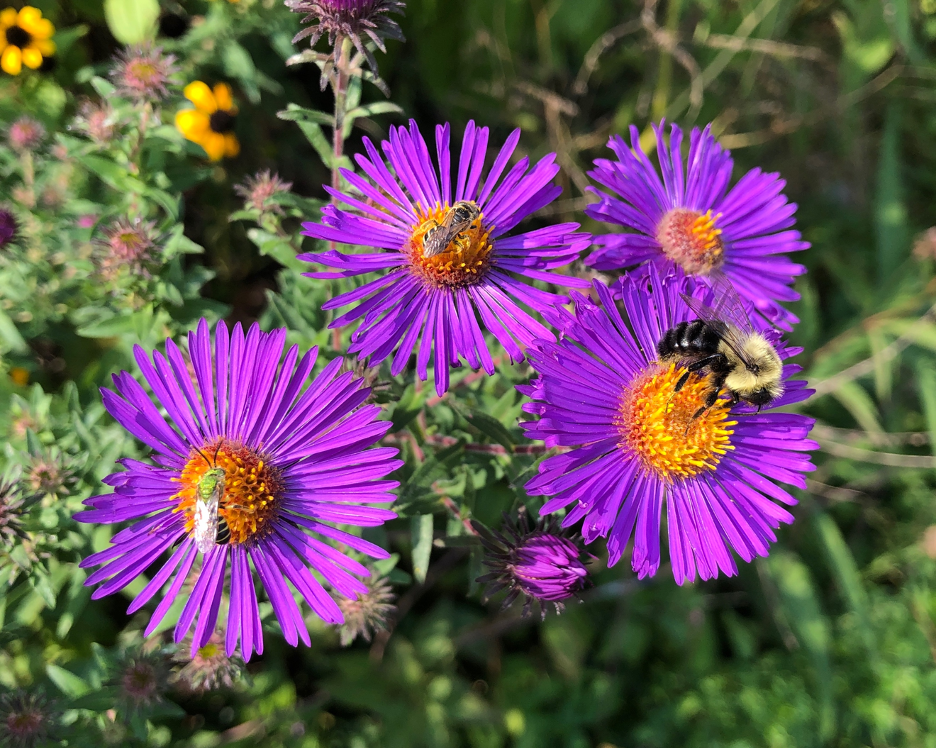Identification
Oh look, a bee! Wait, was that a bee or a fly or a wasp? At first, identifying insects can seem daunting–they’re so small, they move so fast, and they all look like each other! But, TPI has you covered–we have created numerous guides to help you figure our which pollinator you just spotted.
When it comes to identification, practice makes perfect. So, get outside and watch pollinators as much as possible. Visit your local garden—whether in your backyard or at a park—and take photos and notes on what you see. Try to identify as many pollinators as you can. Ask TPI for assistance or use iNaturalist to improve your insect identification skills.

General pollinator guides
Our quick guides to common pollinators can help you figure our what you spotted in your garden! For the species presented in our guides, identification is possible “on the wing” or with a photograph. For many insects, however, species-level identification in the field is not possible and requires high quality photographs from many angles (or a specimen, but we don’t advocate for killing insects).
Watching bees: a field guide to northeastern bees
Species-specific bee guides
These species-specific field ID guides give you field marks to identify some of the more common pollinators in urban gardens. Check back as we continue to add species to this list.
Other guides we like
Rehan Lab guide to northeastern bees
Spencer Hardy’s (Vermont Eco-studies) guide to field-identifiable bees

